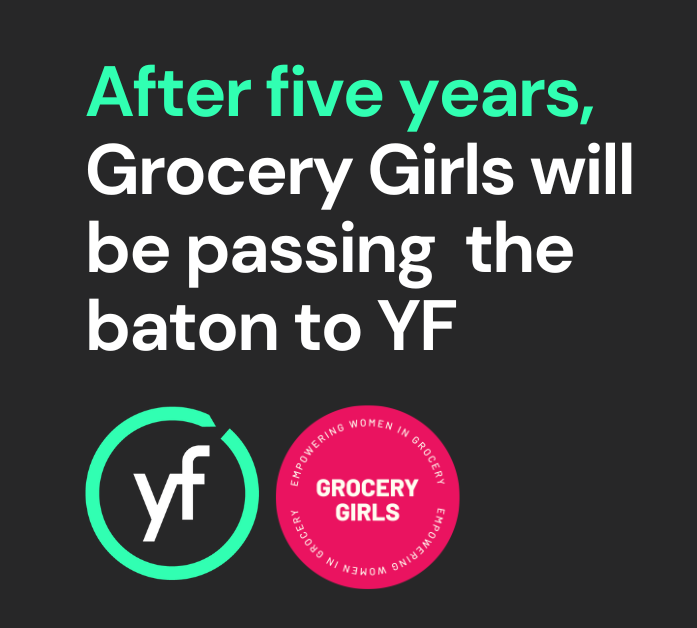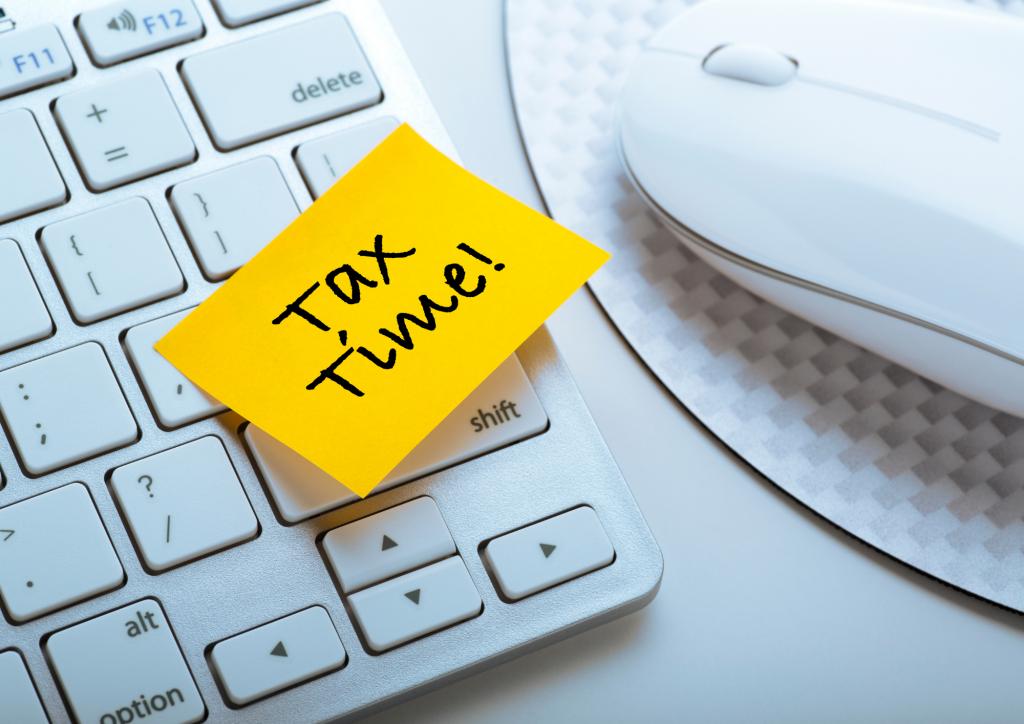
Subscribe to
YF mailing list
Subscribe today to keep informed of any important industry news and exclusive insights on how you can scale and strengthen your business.

When it comes to sustainability, few things capture the attention of your customers like plastic does.
Eight out of ten UK shoppers say they are actively trying to reduce plastic waste. 46% feel guilty about the amount they are currently using, and 83% say they are in favour of a tax on plastic.
On 1st April 2022, the Plastic Tax came into effect.
Yes, it is a really positive step forward in protecting the environment, but the tax will bring with it plenty of challenges for food and drink companies. Particularly for smaller brands, like yours, for which lower volume orders can already mean packaging is an expensive part of your business.
For this reason, the YF Supply Chain Team have created an overview of everything you need to know, and, most importantly, how to prepare.
The tax came into force on April 1st 2022 with the aim of promoting better recycling within the UK.
By introducing a tax, the government hopes to incentivise businesses, like yours, to use more recycled material, creating greater demand and thereby stimulating more investment in a recycling infrastructure.
The tax will be implemented where:
Plastic packaging does not contain at least 30% recycled plastic content.
Packaging is made up of mixed materials. If plastic is the single largest by weight it will be defined as plastic packaging for the purposes of the tax.
Packaging is used in your supply chain – e.g. plastic tax – and packaging for the end consumer. Unless the packaging is being used to ship goods into the UK from abroad.
It is important to note:
Products that fall within the rules of the tax will be charged £200 per metric tonne of plastic used in packaging.
Compostable, biodegradable and bio-based plastics are not exempt.
The tax affects both producers and importers of plastic packaging – so products manufactured abroad will not be exempt.
Yes, there are a few exceptions. In particular, where a product is inherently reliant on the packaging it may be exempt. For example, a teabag.
Packaging which is primarily designed for the display of goods, such as a POS or presentation stand, may also be exempt. It is worth checking the details in this guide by HMRC if you think you might fall within these exceptions.
First of all – every one of you should take the time to check if you need to register for the tax.
It is worth reading this guide from the Food and Drink Federation which takes you through a series of questions to check if you and your packaging is liable.
Answer = YES
If the answer is yes, then you need to do a few calculations. If you have manufactured or imported 10 or more tonnes of finished plastic packaging within the last 12 months (or will reach that threshold in the next 30 days) then you need to directly register. You can do that here.
Answer = NO
If you manufacture or import less than 10 tonnes you do not need to register, but will still need to keep a careful records to share with HMRC.
Of course, as a small food and drink brand you may not directly manufacture or import packaging yourself. But that does not mean you should not prepare for the change anyway.
Chances are that your suppliers will soon be passing on costs down the supply chain so you will be indirectly paying the tax. If that sounds like you, make sure you reach out to key suppliers to find out their plans, particularly where your contract is soon up for renewal.
In the short-term, no. If you use plastic packaging that is liable for the tax you should be factoring it into your budgets now, whether the additional costs are direct or indirect.
You could consider passing on the costs to your end customer but think carefully before doing so. The idea of the tax is to compel businesses to make a change, and it may be tricky to justify simply shifting the cost of the tax down your supply chain.
Instead, perhaps look to the longer term and think how you can use this tax to create a ‘greener’ brand identity. Below are a few ideas to think on:
Explore using a greater proportion of recycled plastics in your packaging.
Reduce the amount of plastic being used in mixed materials packaging so that it no longer constitutes plastic packaging.
Talk to your supplier about alternatives to plastic containers or shrink wrap in transport.
If you have further questions on how the Plastic Packaging Tax works and exactly how you need to prepare, we can help.
Our Supply Chain Team can support you in all sorts of ways – contact us at [email protected] for a no-obligation chat.
Subscribe to our mailing list to stay in touch with the latest news, insights and updates from YF.
Subscribe today to keep informed of any important industry news and exclusive insights on how you can scale and strengthen your business.
Our Preferred Suppliers are a selection of businesses that we have vetted and trust to recommend to our brands. We have negotiated discounts or deals with many of them.
Access to the list and discounts is a benefit to Community members only.
Not a member yet? Find out more here